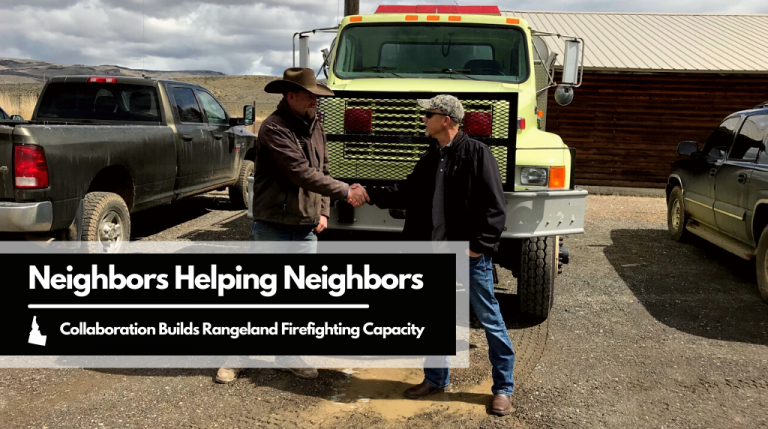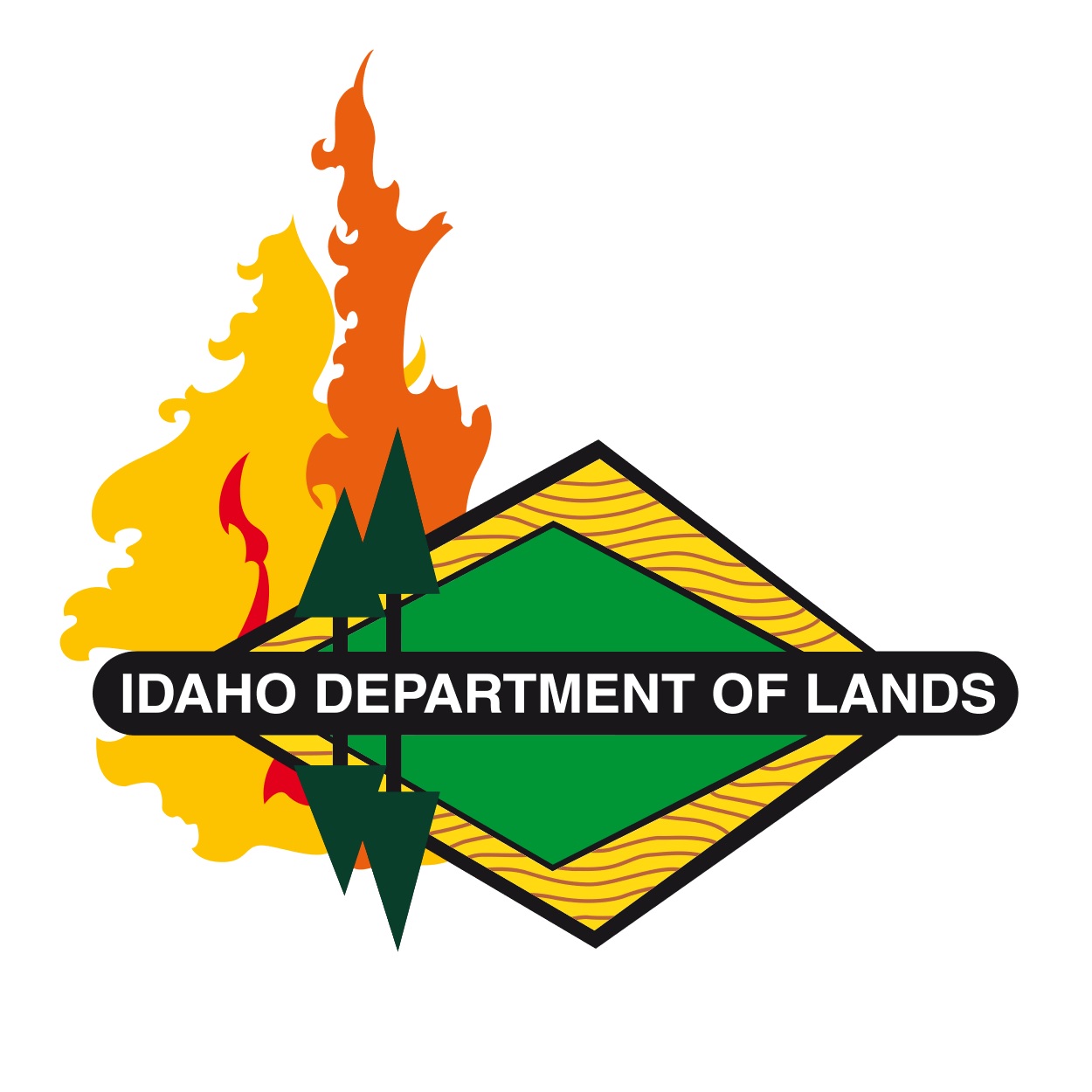Rangeland Fire Protection Associations empower local landowners to protect their own property and their neighbors’ where fire protection services are limited or not available. By responding quickly, fires on the range can be kept small. RFPAs can also respond to fires nearby that would otherwise take time for other firefighting agencies to reach.
Rangeland Fire Protection Associations operate under the concept of “neighbors helping neighbors” with support, including start-up funding, training, and refurbished equipment provided through IDL, BLM, and other partners including the Office of Species Conservation and US Fish and Wildlife Service.

What are Rangeland Fire Protection Associations
- Rangeland Fire Protection Associations are locally-based nonprofit corporations dedicated to preventing and suppressing range fires.
- RFPAs are autonomous, governed and directed by their local members.
- Membership is voluntary and RFPAs are created by local community members.
- Funding is provided by dues set by an association’s own board of directors, with state and federal partners providing start-up funding in many cases. Grant funding may also be available.
- RFPAs are not “taxing districts.” They are not rural fire districts. They are also not controlled by the government.
- For safety purposes, RPFA’s agree to participate in National Wildfire Coordinating Group fire training provided by their local BLM districts.
How RPFAs Build Rangeland Firefighting Capacity
- An IDL staff member can assist local landowners in exploring the options for providing rangeland fire protection services in their area. This team member works in conjunction with the Idaho State Fire Marshal, Forest Service and BLM.
- Safety is the top priority. IDL and BLM provide high quality firefighting training for local RFPA at no cost to the association.
- When available, IDL purchases personal protective equipment for the members of new RFPAs.
- RFPA members fight fire using their own equipment and equipment that may be provided by IDL and BLM.
- The local associations determine where firefighting equipment is best staged for quick responses to fires.
- Local RFPAs train to work in conjunction with other firefighting agencies and share interoperable communications.
- RFPA members respond to fires in their area with a quick initial attack, suppressing fires while they are small or holding the line while additional firefighting resources from other agencies are deployed.

